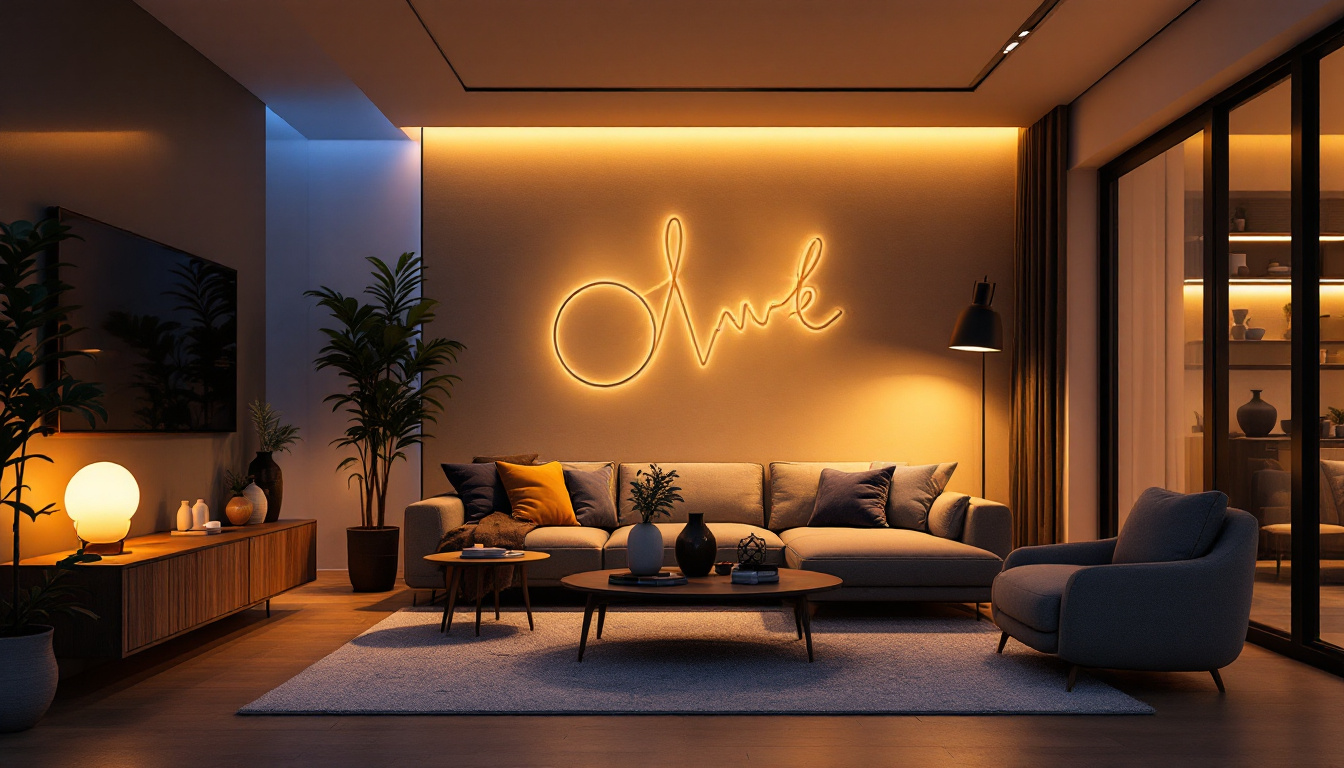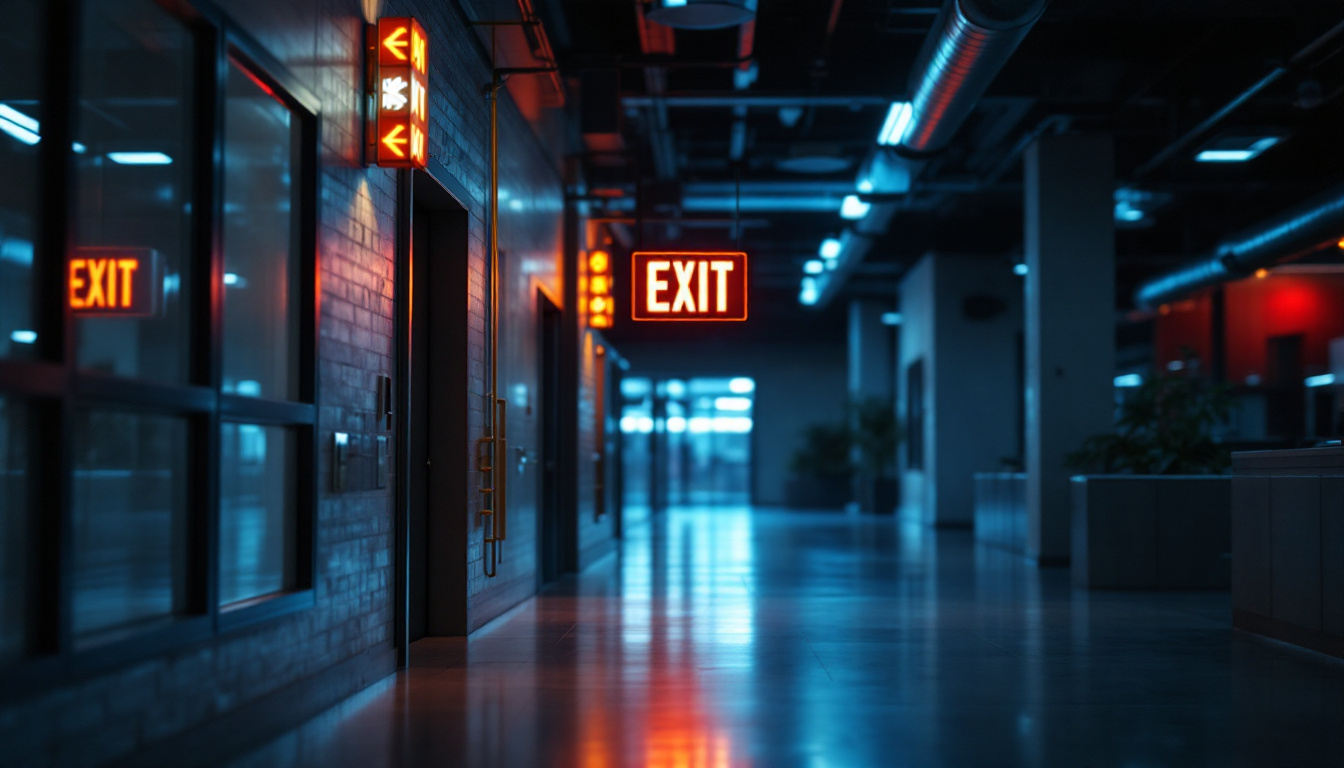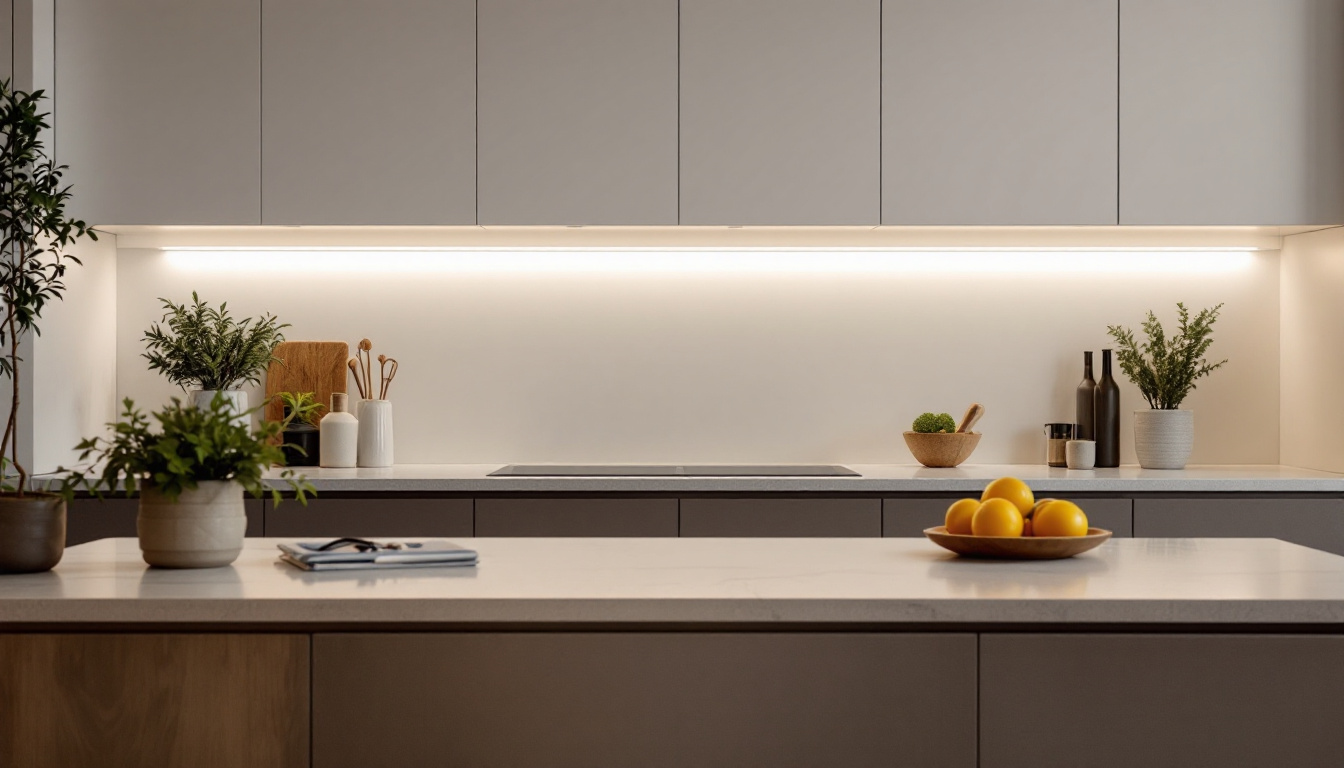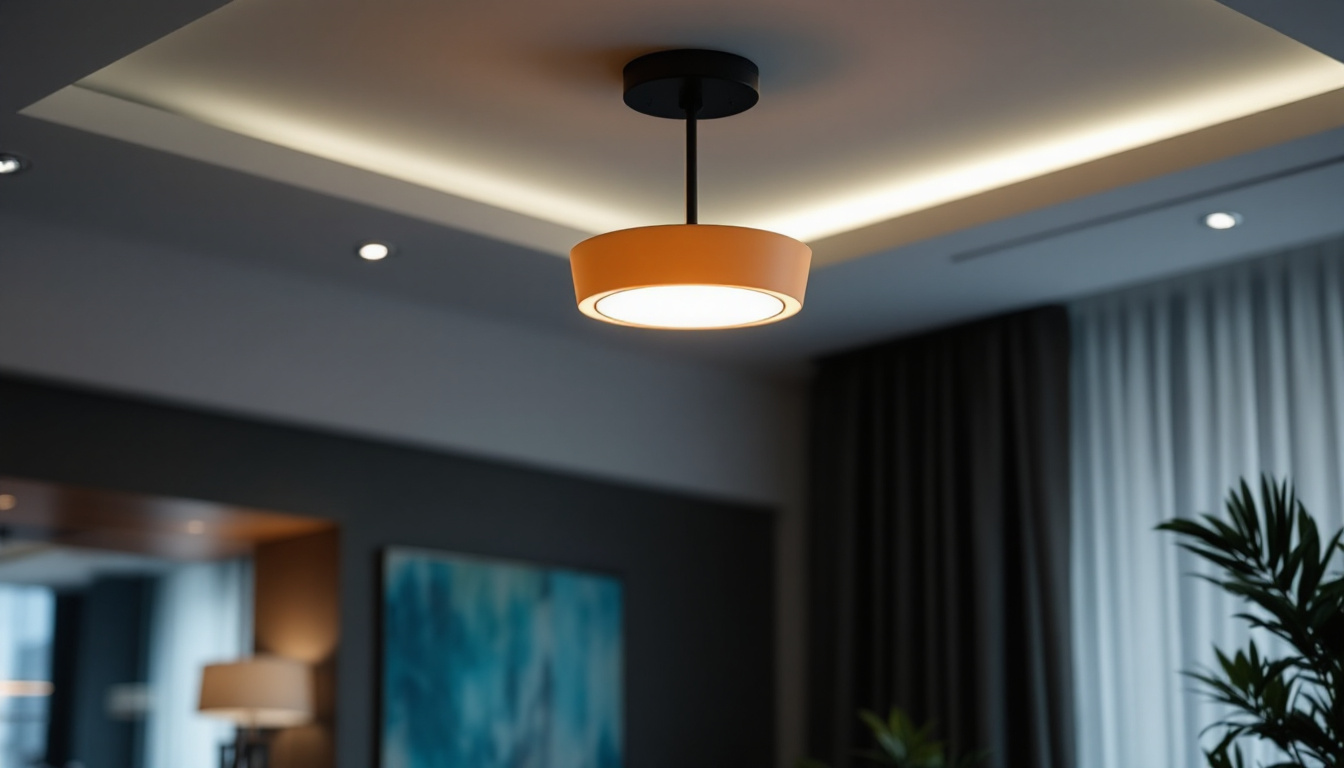
In an era where energy efficiency and sustainability are at the forefront of technological advancements, LED lighting has emerged as a pivotal solution for modern lighting needs. The transition from traditional lighting methods to LED technology has not only transformed how spaces are illuminated but has also redefined the standards of energy consumption, longevity, and design flexibility. This article delves into the significance of LED lighting, particularly focusing on the role of Lights On Led in shaping contemporary lighting solutions for contractors and clients alike.
The journey of lighting technology has been remarkable, evolving from simple flame-based sources to sophisticated electric systems. Early lighting solutions were primarily based on natural elements, such as fire and oil lamps, which, while effective, posed numerous safety hazards and were not energy efficient. The introduction of incandescent bulbs marked a significant milestone, providing a more stable and brighter light source. However, these bulbs came with their own set of drawbacks, including high energy consumption and a relatively short lifespan.
The advent of fluorescent lighting brought about improvements in efficiency and durability, yet it still fell short in terms of energy savings and environmental impact. It wasn’t until the development of LED technology that a true revolution in lighting occurred. LEDs, or light-emitting diodes, offer unparalleled benefits, including lower energy usage, longer lifespans, and reduced heat output. This shift has prompted both residential and commercial sectors to reconsider their lighting choices.
LEDs work by passing an electric current through a semiconductor, which emits light when energized. This process is fundamentally different from traditional bulbs, which rely on heating a filament or gas to produce light. As a result, LEDs are significantly more efficient, converting a higher percentage of energy into visible light rather than heat. This efficiency translates into lower electricity bills and a smaller carbon footprint, making LEDs an attractive option for environmentally conscious consumers.
Moreover, the versatility of LED technology allows for a wide range of applications, from residential lighting to large-scale commercial installations. Whether it’s accent lighting in a home or streetlights illuminating urban areas, LEDs can be tailored to meet specific needs, enhancing both functionality and aesthetics. The ability to produce various colors and intensities of light has also opened up new avenues for creative expression in design, allowing architects and interior designers to craft unique atmospheres that were previously unattainable with older lighting technologies.
In addition to their aesthetic appeal, LEDs are also paving the way for smart lighting solutions. With the integration of smart technology, users can control their lighting remotely via smartphones or voice-activated devices, enabling features such as dimming, color changes, and scheduling. This not only enhances convenience but also contributes to energy savings, as users can easily turn off lights that are not in use or adjust settings based on the time of day. As the demand for energy-efficient and user-friendly lighting solutions continues to grow, the evolution of LED technology is expected to play a crucial role in shaping the future of how we illuminate our spaces.
The advantages of LED lighting extend beyond mere energy savings. For lighting contractors, understanding these benefits is crucial in providing clients with informed choices that align with modern standards and expectations.
One of the most compelling reasons to opt for LED lighting is its energy efficiency. LEDs consume significantly less power compared to traditional incandescent or fluorescent bulbs. This efficiency not only reduces energy costs but also minimizes the environmental impact associated with energy production. For contractors, this translates into a selling point that resonates with clients looking to reduce their operational expenses.
In addition to lower energy consumption, LEDs have an impressive lifespan, often lasting up to 25 times longer than incandescent bulbs. This longevity means fewer replacements, which can lead to substantial savings over time. Clients appreciate the reduced maintenance costs and the convenience of not having to frequently change bulbs, making LED solutions an attractive investment.
As global awareness of environmental issues continues to grow, the demand for sustainable lighting solutions has intensified. LEDs are free from hazardous materials like mercury, which is commonly found in fluorescent bulbs. This characteristic makes them safer for both the environment and human health. Furthermore, the reduced energy consumption associated with LEDs contributes to lower greenhouse gas emissions, aligning with global efforts to combat climate change.
Lighting contractors can play a pivotal role in promoting eco-friendly practices by recommending LED solutions to their clients. By doing so, they not only enhance the sustainability of their projects but also position themselves as forward-thinking professionals committed to environmental stewardship.
LED technology has unlocked new possibilities in lighting design, allowing for greater creativity and innovation. With a wide range of color temperatures and styles, LEDs can be seamlessly integrated into various architectural designs, enhancing both functionality and visual appeal.
From residential spaces to commercial establishments, the versatility of LED lighting is evident. In homes, LEDs can be used for ambient, task, and accent lighting, creating dynamic environments that cater to different activities and moods. In commercial settings, LEDs can illuminate retail spaces, offices, and public areas, providing effective lighting solutions that enhance productivity and customer experience.
Moreover, the ability to customize color temperatures allows contractors to create tailored lighting solutions that meet specific client needs. Whether a warm, inviting glow is desired for a cozy living room or a bright, energizing light is needed for a workspace, LEDs can deliver the desired effect with ease.
The rise of smart technology has further expanded the capabilities of LED lighting systems. Smart LEDs can be controlled remotely, allowing users to adjust brightness, color, and even scheduling through smartphone applications or voice-activated devices. This level of control not only enhances convenience but also promotes energy savings by allowing users to turn off lights when not in use or adjust settings based on occupancy.
For lighting contractors, integrating smart LED solutions into projects can provide a competitive edge. Clients are increasingly interested in smart home technology, and offering these solutions can enhance the overall value of a project while meeting modern consumer expectations.
One of the primary challenges associated with LED lighting is the initial cost. Although prices have decreased significantly over the years, LED fixtures can still be more expensive upfront compared to traditional lighting options. This can be a barrier for some clients who may be hesitant to invest in new technology.
However, it is important to communicate the long-term savings associated with LED lighting. By emphasizing the reduced energy costs and extended lifespan, contractors can help clients see the value in the initial investment. Providing a comprehensive cost-benefit analysis can further assist in making informed decisions.
Another consideration is the quality of light produced by LEDs. While advancements have been made in this area, some clients may still have concerns about color rendering and the overall aesthetic of LED lighting. It is crucial for contractors to stay informed about the latest developments in LED technology to ensure they can offer high-quality products that meet client expectations.
Compatibility with existing fixtures and systems can also pose challenges. Contractors should assess whether LED solutions can be easily integrated into current setups or if additional modifications are necessary. Providing clients with clear information about compatibility can help prevent misunderstandings and ensure a smoother installation process.
The future of LED lighting is bright, with ongoing advancements in technology and design promising even greater possibilities. As the demand for energy-efficient and sustainable solutions continues to rise, the role of LED lighting in modern applications will only become more significant.
Research and development in LED technology are paving the way for exciting innovations. Improvements in efficiency, color rendering, and smart capabilities are just a few areas where progress is being made. These innovations will not only enhance the performance of LED lighting but also expand its applications across various industries.
For lighting contractors, staying abreast of these advancements is essential. By embracing new technologies and incorporating them into projects, contractors can position themselves as leaders in the field, offering clients cutting-edge solutions that meet evolving needs.
The growing emphasis on energy efficiency and sustainability is creating new market opportunities for lighting contractors. As businesses and homeowners seek to reduce their environmental impact, the demand for LED lighting solutions is expected to rise. Contractors who specialize in LED installations and understand the intricacies of these systems will be well-positioned to capitalize on this trend.
Furthermore, as smart technology continues to gain traction, contractors who can integrate LED lighting with smart home systems will find themselves in high demand. The ability to offer comprehensive solutions that encompass both lighting and smart technology will set contractors apart in a competitive market.
In summary, LED lighting has revolutionized the way spaces are illuminated, offering numerous benefits that align with modern demands for efficiency, sustainability, and design flexibility. For lighting contractors, understanding the role of Lights On Led in this transformation is crucial for delivering exceptional solutions to clients. By embracing the advantages of LED technology, navigating challenges, and staying informed about future developments, contractors can position themselves as trusted experts in the field.
As the industry continues to evolve, the importance of LED lighting will only grow. By prioritizing energy efficiency, environmental impact, and innovative design, contractors can contribute to a brighter, more sustainable future in lighting solutions.
Ready to harness the power of LED lighting for your next project? At LumenWholesale, we provide lighting contractors with exceptional, spec-grade lighting solutions that promise efficiency, sustainability, and unmatched design flexibility. Say goodbye to local distributor markups and hello to our extensive selection of premium lighting products at wholesale prices. With free shipping on bulk orders, LumenWholesale is your go-to source for high-performance lighting that meets the highest industry standards. Elevate your lighting game and ensure your projects shine with the best value in lighting solutions. Wholesale Lighting at the Best Value is just a click away.

Discover the essential insights lighting contractors need to meet client expectations for lighted exit signs.

Discover the latest trends in direct wire under cabinet lighting that every lighting contractor needs to know.

Discover how integrating LED lamp kits into your projects can revolutionize your lighting business.

Discover essential resources and expert tips from top lighting contractors to master the art of ceiling mounted fixtures.